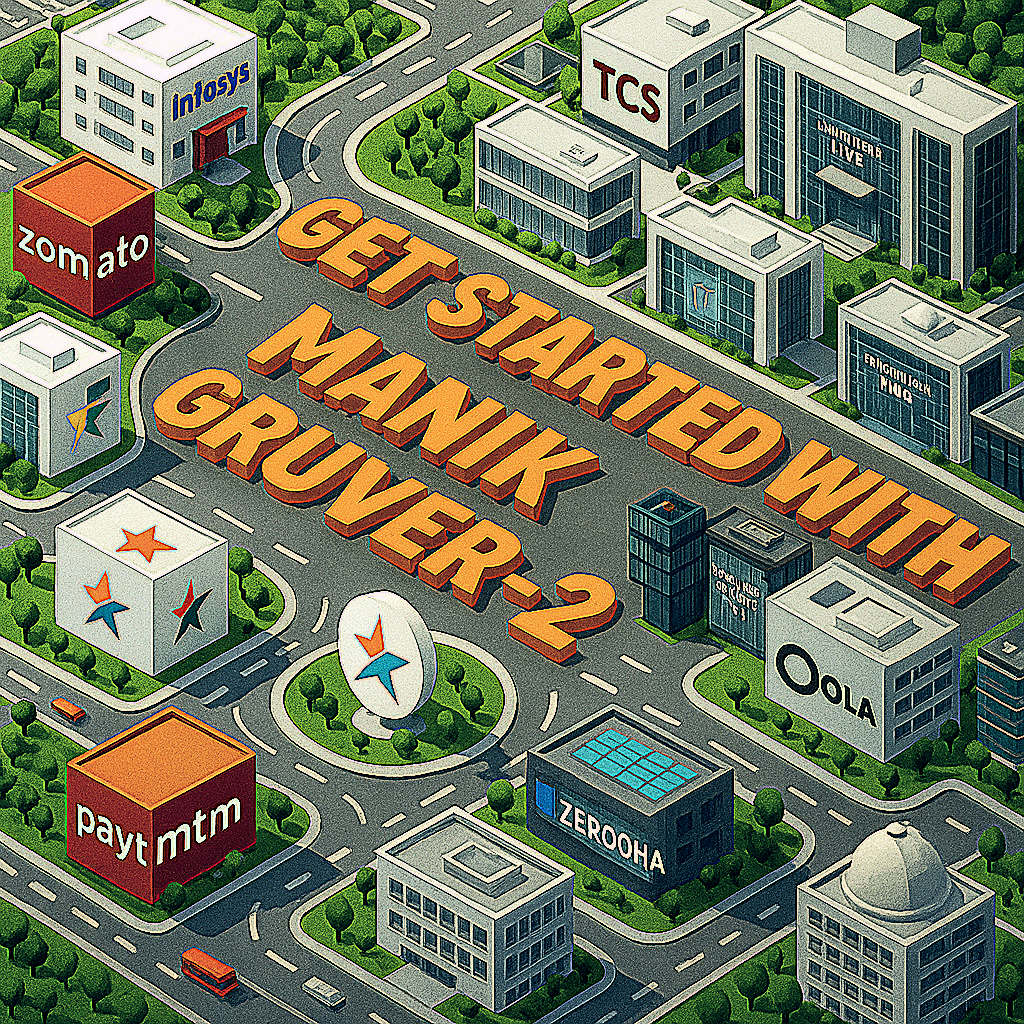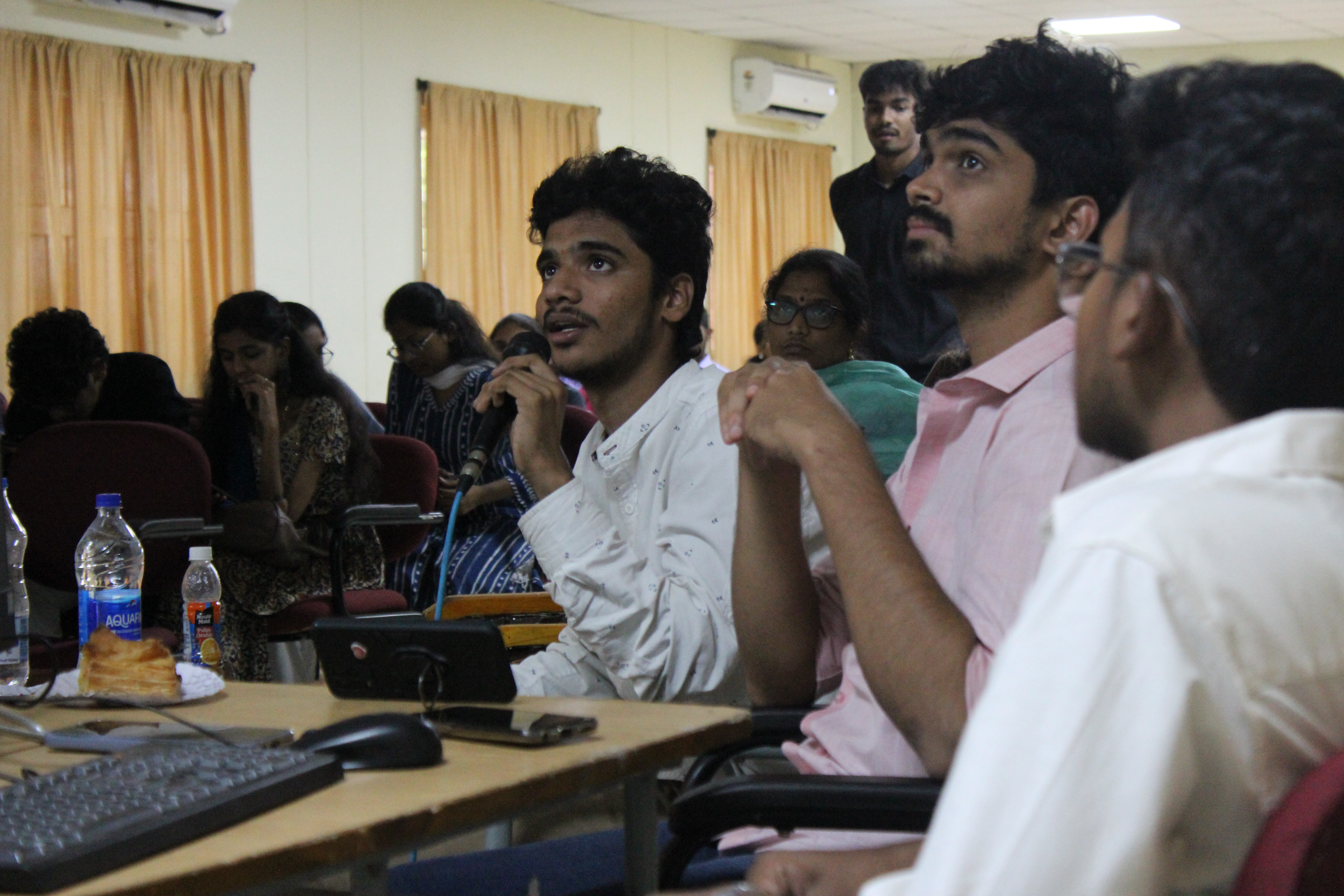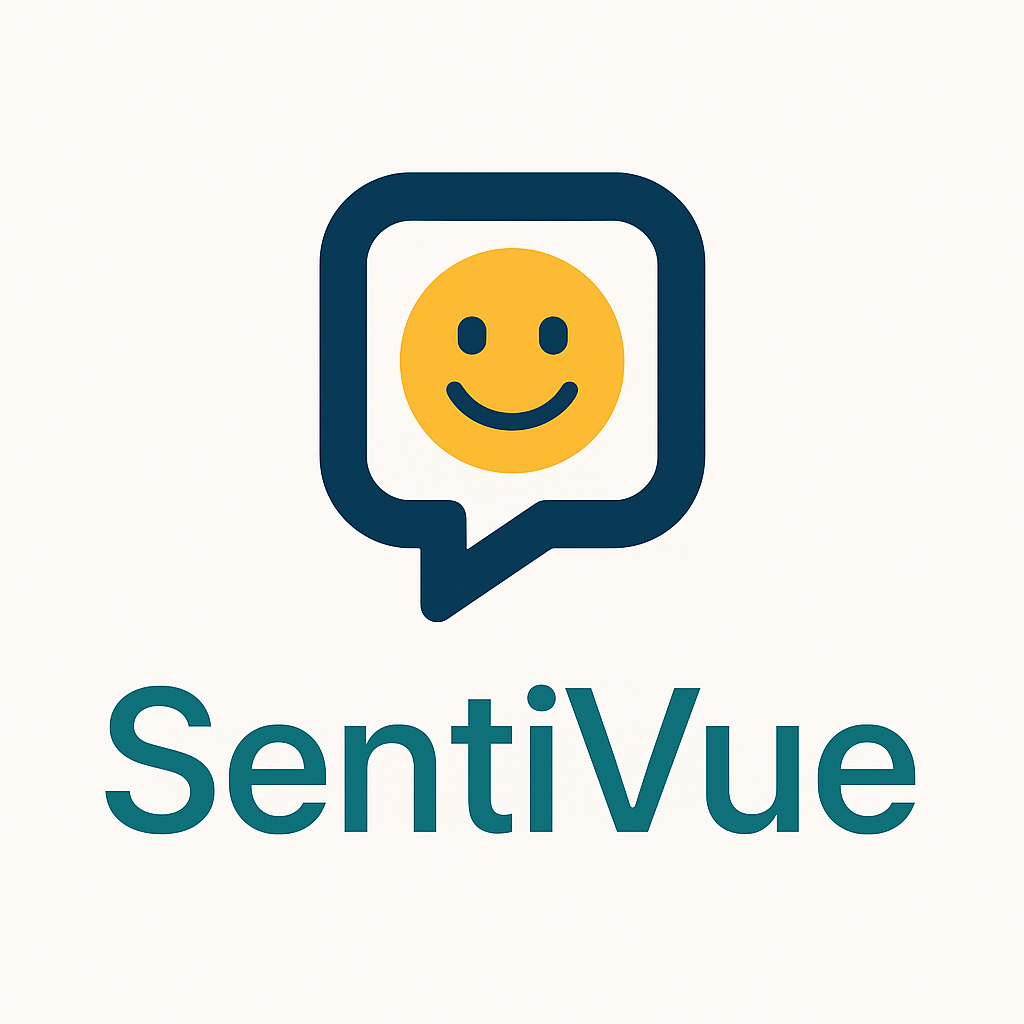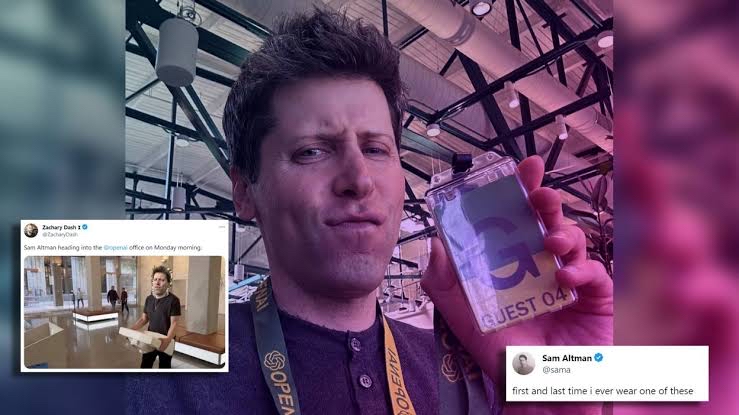Back
Tarun Suthar
CA Inter | CS Execut... • 5m
🚀 Startup Success = Problem × Insight × Speed 🎯 Why Most Founders Fail to Raise Capital (and How You Can Win) In early-stage startups, valuation is not a number, it's a narrative, shaped by the depth of the problem, the clarity of the insight, and the urgency of execution. ⚠️ Founders often obsess over solutions and features, while VCs spend More than 50% of their time just evaluating the problem. This disconnect is where most pitches break down. 📌 Lesson: Shift from “what we built” to “why it must exist.” 🧱 The 3 Core Pillars of VC Evaluation. (How VCs actually evaluate startups). 1️⃣ Problem Statement (The Foundation) This is the ultimate filter. VCs ask: • How big/painful is this problem? • How often does it occur? • Is it underserved or misunderstood? • Who tried and failed before and why? • Do the founders have a firsthand understanding of it? 🧠 Example: Viagra was intended for heart disease, but became a billion-dollar success due to deeper insight into an unexpected problem - erectile dysfunction. 2️⃣ Solution (The Approach) Now comes the "how": • How does your solution solve it 10x better than current options? • What’s your adoption speed, retention, and customer willingness to pay? • Why has no one solved this already? • What makes your approach operationally sustainable? 💡 Example: Zepto moved faster than Blinkit, not because of superior tech, but superior execution. Speed became their moat. 3️⃣ Insights (The Edge) Insights are often ignored, yet they form the basis of: • Customer behaviour patterns • Community access (e.g., a 1M offline community = instant GTM power) • Undervalued distribution channels • Real PMF signals 🧠 Insight ≠ Data. It's the meaning you extract, the behaviour you decode, and the advantage you act upon. 🔁 The Founder vs VC Mindset Gap VC mainly focus on the Problem Statement, 50% of the time evaluating startups goes into the Problem Statement, then 30% on the Solution and 20% on Unique Insights. While a founder mainly focuses more than 57% on Solution, 33% on Insights and just 10% on Problem Statement. 👀 Insight: Most founders underinvest in understanding the real pain point. 💥 Fix: Use First Principles Thinking (Elon Musk style) --- break assumptions, reconstruct truth. 📊 Metrics That Matter These define business viability beyond the pitch: ✅️ CAC (Customer Acquisition Cost) ✅️ LTV (Lifetime Value) → Healthy ratio is 10:1 ✅️ DAU/MAU/WAU → Daily, Weekly, Monthly Active Users ✅️ Conversion Rate ✅️ Retention / Repeat Purchase ✅️ CSAT / NPS → Customer satisfaction + advocacy 🔥 Benchmark: OnlyFans makes $37M per employee. That’s how efficiency looks. 🛡️ Sustainable Moats in 2025 Forget first-mover advantage. What survives: ✅️ Speed of Execution --- Zepto, not the first, but fastest. ✅️ Network Effects --- WhatsApp = can't leave because everyone’s in. ✅️ Data Moat --- Finetuning + proprietary behavior insight. ✅️ IP/Patents --- Still strong in pharma/deeptech (e.g., Neuralink). ✅️ Community Moat --- A pre-built tribe reduces CAC drastically. 🧪 Real Product-Market Fit (PMF) You’ve hit PMF when: ✅️ Customers use your product repeatedly without reminders ✅️ New customers come via word-of-mouth ✅️ You’re pulling demand, not pushing supply ✅️ The cost of acquiring customers goes down over time 📌 Warning: If you need to keep spending heavily on acquisition, you haven’t hit PMF. ✍️ Use this lens on your own startup. If your answers are unclear, go back to the problem. 🧭 Building What People Want: The Right Order 1. Understand the Problem ---- deeply, painfully, honestly. 2. Gain Insight --- observe, survey, listen, decode behaviour. 3. Design the Solution --- not just beautiful, but indispensable (Can't be replicated easily). 4. Test for Retention, not Just Acquisition. 5. Scale only after proving repeat usage and willingness to pay. 💥 Final Thought You’re not pitching a product. You’re validating a real-world tension and showing why your solution must exist now, not in theory, but in behaviour, in urgency, in results. Valuation is a byproduct. The real game is solving real problems with sharp insights and undeniable speed.

Replies (13)
More like this
Recommendations from Medial
Adithya Pappala
Busy in creating typ... • 1y
If you are a first-time founder & Wanting to raise funds, then here are the 6 questions that you need to answer: What is the problem that needs to be solved? -Nature of the Problem & Is it a real problem or not? Why does that need to be solved?
See More
Anonymous
Hey I am on Medial • 1y
How important is a problem statement? If you can deliver a better product than the competition ,if it's quicker delivery or cheaper prices. Will it be a issue if there is not a huge problem? For example in the fashion industry if delivery speed is n
See MoreAryan Gupta
Founder of SentiVue • 5m
SentiVue - Turning reviews into real insights. Problem Statement- Businesses struggle to manage high review volume,spam,language barriers,leading to missed insights and delayed responses solution - SentiVue automates review handling with AI replies
See More
Download the medial app to read full posts, comements and news.



































